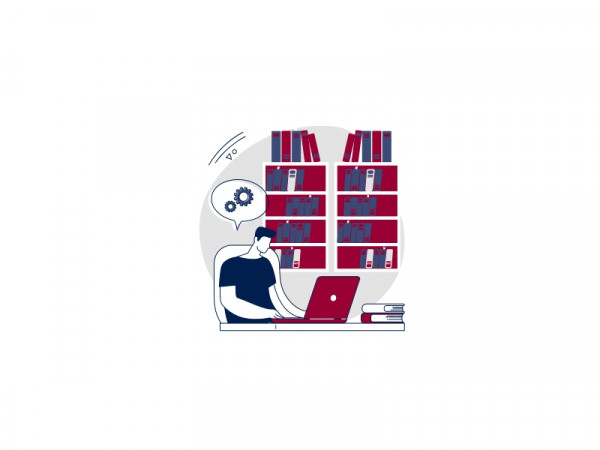4. How should a bibliography be formatted?
There are multiple ways to lay out your bibliography. Before arranging your ideas, you should ask yourself what you want to highlight: the wealth of authors, subjects, types of content... When there are more than a dozen sources, it is a good idea to include titles and subtitles in order to structure your bibliography.
Arranged alphabetically
You can first put the name of the author or the website. This way of sorting is easy to implement but is not very useful to the reader because the ideas will be mixed.
Arranged chronologically
To emphasise the recency or antiquatedness of the sources, the bibliography can be arranged by publication date.
Or, to showcase the chronology of detailed ideas, you can arrange your references in the same order.
Arranged by content type
The sources can be grouped by the format of the information: images, scientific articles, videos, graphics, books, websites...
They can also be organised by theme: statistics, definitions, scientific research, law articles...
Arranged in order of appearance in the work
This method of arranging the sources used is easy to implement because you simply need to verify that each footnote has its equivalent citation in the bibliography.












